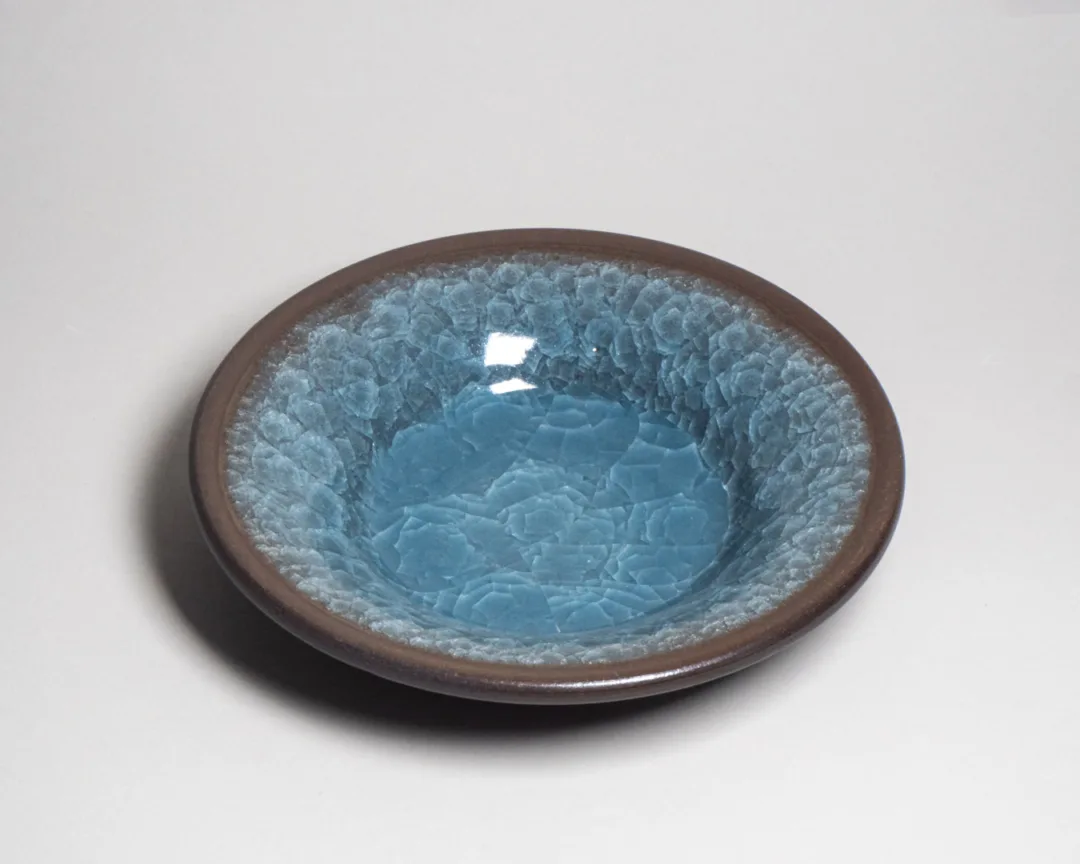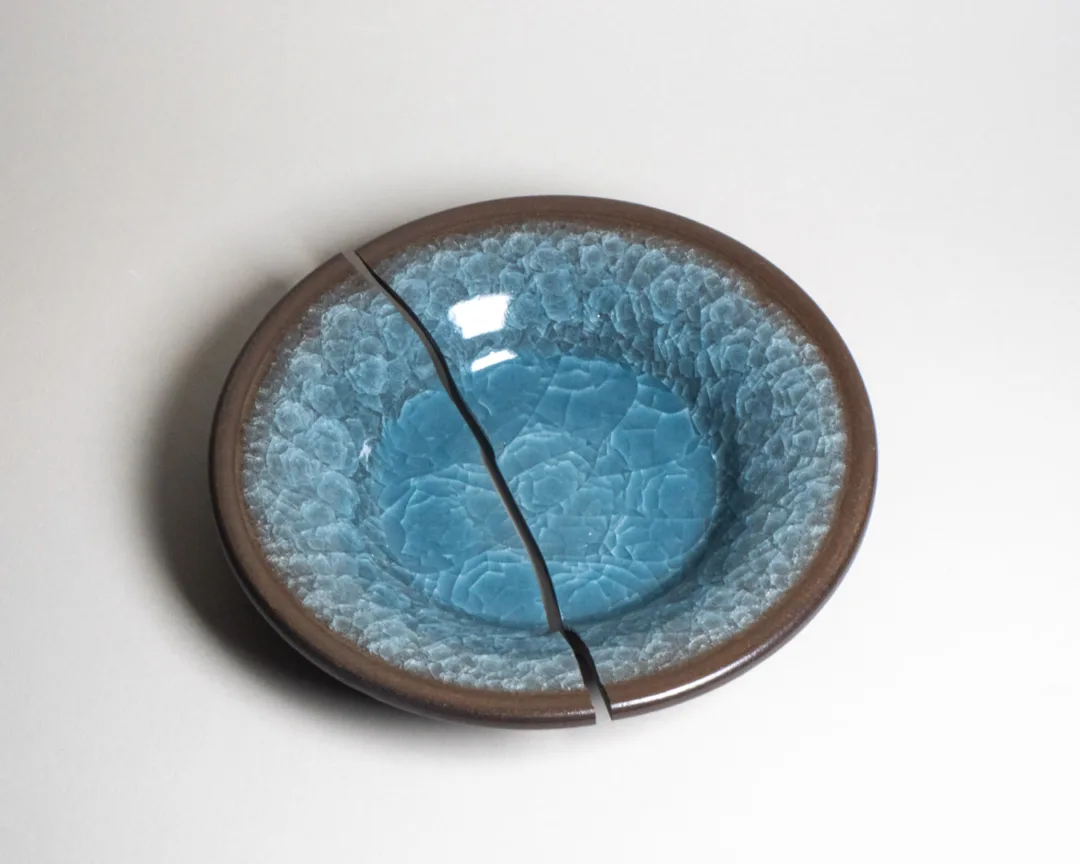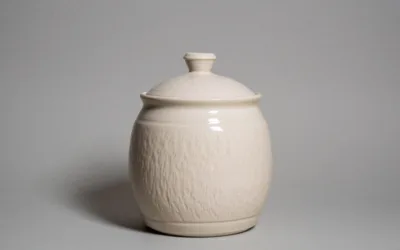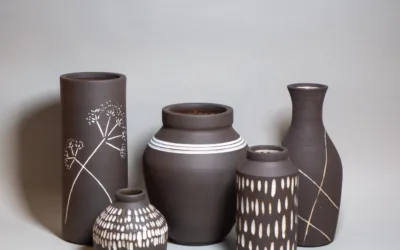This snowflake glazed (or ice crackle glazed) platter did not come out from the kiln in one piece. And honestly, I am happy it did not withstand the firing, it gave me another opportunity.
The crack is so clean I could repair it with a glue, and no one would even notice there was a crack, but there is no beauty doing so. I want to try the Kintsugi repair on that piece to show out the beauty of the crack.
You see on the last picture closer look to the crack and how thick the glaze is. This thickness on the other hand is what makes all the scales and cracks show out so nicely. The thermal expansion of the glaze and the stoneware clay body work against each other and break the glaze not only vertically through the glaze but also horizontally within the glaze. Glazing both sides would add durability to the body but I deliberately left the other side and the rim unglazed.







0 Comments